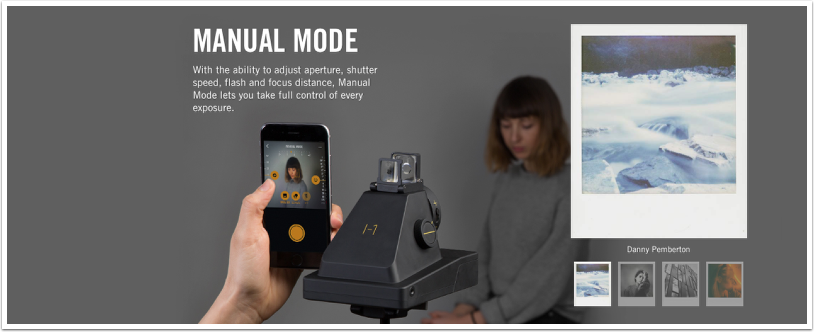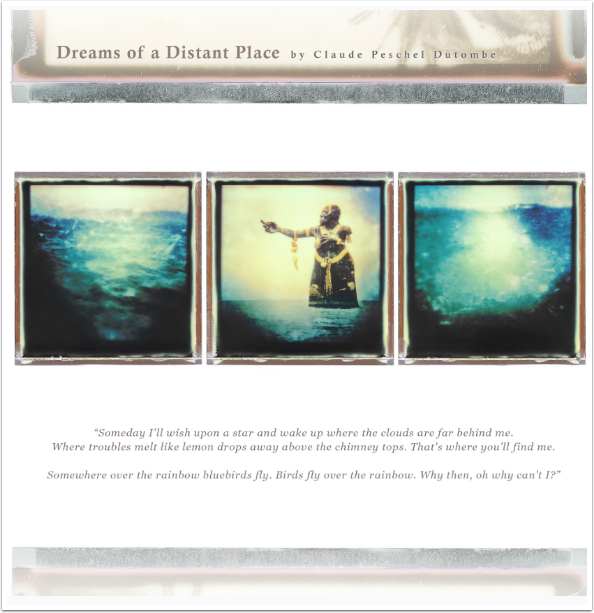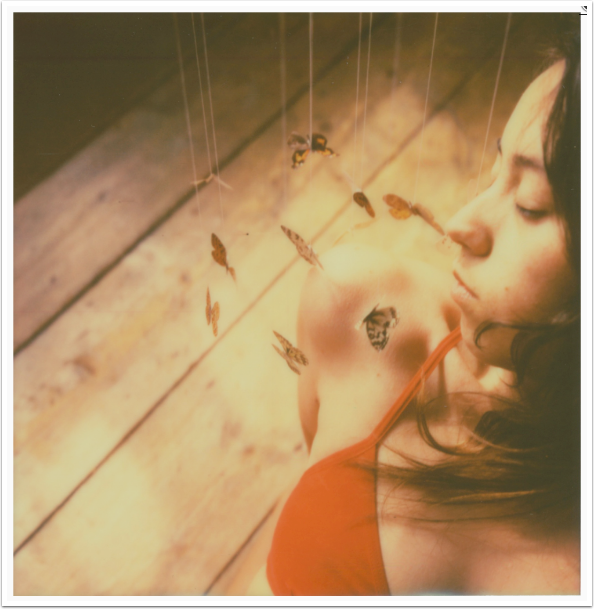‘Impossible’ Interview With Agafia Polynchuk
We’re delighted to be working closer with The Impossible Project team as we continue to branch out and expand our reach with all things related to mobile photography. Analog post-processing of mobile images is becoming more and more popular and we’re going to make sure our readers are fully briefed on this very exciting development.
The Impossible Project is in many ways leading the way, but there is also a growing community of mobile artists and photographers experimenting with other analog post processing techniques in an attempt to make their mobile images stand out even more, in galleries, magazines and the like and we have viewed some outstanding images and techniques.
A good deal of my formal photographic training (many years ago) was spent in a huge college darkroom and it is an area that I’ve always enjoyed, I think you will too. I also had a very close working relationship with Polaroid built up through my years as Technical Editor for various UK photography print magazines/titles.
Today we are publishing the fourth of a series of ‘Impossible’ articles, this time with Agafia Polynchuk. Agafia is originally from St.Petersburg, in Russia, but has been living in Berlin, with her husband and a hedgehog named Helmut, for about three years. “Photography is not my job,” she says. “It is my life.”
This is an interview that was conducted by the team at Impossible and they have given us kind permission to republish it here. We think you will enjoy this very much…
Agafia Polynchuk

©Agafia Polynchuk
How long have you been shooting Polaroid/Impossible film?
I started to photograph with my SX70 Polaroid in 2010. I used my very first Impossible films this year.
What cameras do you use?
My beloved main camera is a Polaroid Land camera SX-70. Also I have a pinhole camera that I made from an old. broken EE-100 Land camera. It works with Type 100 packfilms.

‘Helmut’ ©Agafia Polynchuk
Where do you shoot most often?
Mostly I shoot at home. Unfortunately there are some light leaks in my SX-70 camera that make it impossible to use outside. I shoot both b&w PX600 films and color PX680 (with ND-filter).
How would you describe your work?
I visualize my thoughts, feelings and memories through self-portraits. Sometimes I make still-lifes. I love magic, fairy-tales, which you can see in my photographs. I’m inspired by nature, classical works and everyday things.

‘Madame Cheval de Pomme’ – ©Agafia Polynchuk
Tell us a little about the four works you have chosen as your favourites?
I’ve chosen very personal Polaroids. Helmut the Hedgehog and his apple. My husband’s hands, on the day he was bitten by a bee. A self-portrait with Madame Cheval de Pomme, a little white horse with black dots, my very good friend. And finally a self-portrait with Polaroid lifts – I shot and lifted 50 Polaroids for the special limited edition of my book, some are colorized, some not.
Do you have any helpful creative techniques or advice you would like to share?
My very own technique is to colorize b&w Polaroids. But there are absolutely no secrets. I make a picture with PX600 film, lift it and then I take watercolors and aquarell-pencils and colorize it. I call it the new level of children’s coloring books. Practice makes perfect.

‘Self Portrait with Polaroid lifts’ – ©Agafia Polynchuk
Do you have any upcoming exhibitions/publications?
I’m very happy to tell you, that very soon, in March, my very first book comes out! It’s a big experience for me and I’m very excited about it. It can be pre-ordered now on the publisher’s website
Who are your favourite photographers, living or dead?
There’s so many photographers, I appreciate: Lauren E. Simonutti, Boris Smelov, Russell Joslin, Joseph-Philippe Bevillard, Jacqueline Roberts…

‘A bee sting’ – ©Agafia Polynchuk
What are you hoping for from Impossible during the next year?
I hope, some day, you’ll reduce the developing time of color films from 40 to four minutes. The longer time makes it really hard to shoot self-portraits. When I see the result and want to change something or I need to correct L/D control, then very often it’s too late. The light is gone.


